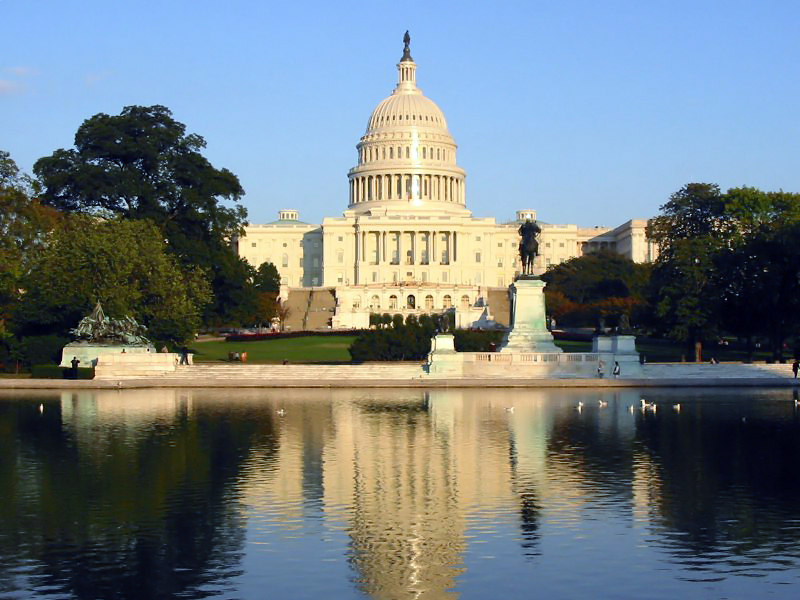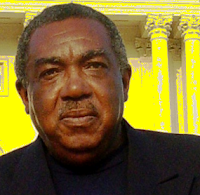Civil Rights Legend Was a Recent HCWDC Program Panelist
By: Priya Dadlani
Lawrence Guyot, who endured violent
beatings as a young civil rights worker during the early 1960’s fighting for
black suffrage, died November 23 at his home in Mount Rainier, MD. Guyot 73, had
long battled illness.
 |
| Lawrence Guyot, Image Credit: wamu.org |
Born in Pass Christian, Mississippi on July 17, 1939,
Lawrence Thomas Guyot Jr. grew up with his father who was a contractor. Guyot
attended Tougaloo College in Tougaloo, Mississippi. This historically black
college had a few white faculty members but welcomed white students to attend.
He graduated with a degree in chemistry and biology in 1963. While still in
college he became concerned with human rights and equality so he joined the
Student Nonviolent Coordinating Committee (SNCC) and traveled around
Mississippi drumming up support for the civil rights cause through meetings and
conventions.
During his fight for black suffrage
Guyot was defied, incarcerated and beaten as he led fellow members of SNCC and
other student volunteers from around the
country in helping African Americans in Mississippi vote. He then gained
publicity and pushed more blacks to fight for their suffrage when he began serving
as chairman of the integrated Mississippi Freedom Democratic Party. This party
was formed to replace the all-white state Democratic Party. Although it didn’t
succeed in its primary goal, the party’s efforts paved the way for the passage
of the Voting Rights Act of 1965.
The physical violence Guyot endured
did not deter him or defeat him, and today he is known for his unwavering
dedication to his cause. While incarcerated at the Mississippi penitentiary
Parchman Farm, he was brutally beaten and went on a 17-day hunger strike during
which he lost 100 pounds. “It was a
question of defiance,” Guyot said during an interview with NPR in 2011. “We
were not going to let them have complete control over us.”
Later
in life, Guyot was pro same-sex marriage when it was illegal everywhere in the
United States. Many times he reflected on the fact that he married a white
woman when interracial marriage was illegal in some states, and he gave tremendously
inspiring speeches on the meaning and the goal of the civil rights movement. In
2011, Guyot again lent his wisdom and experience to the public as a panelist
for a 2011 Humanitini program on gentrification.
Although Lawrence Guyot has passed
on, his perseverance and dedication to civil rights and human equality will
never be forgotten. He has been, and will always be a true inspiration to
people all over the world, fighting for a cause. “There is nothing like having risked your
life with people over something immensely important to you,” he said in 2004.
“As Churchill said, there’s nothing more exhilarating than to have been shot at
— and missed.”














.jpg?1334236971)
.jpg/461px-Count_Basie,_Bob_Crosby,_Howard_Theatre,_Washington_DC,_1941_(Gottlieb_00501).jpg)


















